Director: Yuen Woo-ping
Cast: Max Zhang, Dave Bautista, Liu Yan, Michelle Yeoh, Tony Jaa, Kevin Cheng, Chrissie Chau, Patrick Tam, Philip Keung, Anthony Ho, Xing Yu, Adam Pak
Running Time: 137 min.
By Paul Bramhall
While anticipation builds for the 2019 release of Ip Man 4, with all of its furore around the inclusion of Bruce and Boyka, it shouldn’t be forgotten that 2018 isn’t going to let us get away without an Ip Man fix either. Well, at least a fix of the extended Ip Man universe. For any kung fu fan that’s been living under a rock recently, Master Z: The Ip Man Legacy is the spin-off movie from Ip Man 3, which sees the third instalments anti-hero, played by Max Zhang, get his very own starring vehicle. It’s fair to say that there hasn’t been this much excitement for a spin-off movie in Asian action cinema since Michelle Yeoh headlined 1993’s Project S, a whole 25 years ago, which saw her reprise her character from Police Story 3. Yeoh is in Master Z (as I’ll refer to it from here on in) as well, but more on that later.
Following the same trend of Crouching Tiger, Hidden Dragon and its sequel, it’s Ip Man 3’s choreographer Yuen Woo-Ping that steps into the director’s chair for this entry. Woo-Ping’s directorial talents haven’t played to his strengths in recent years, with Crouching Tiger, Hidden Dragon: Sword of Destiny being painfully average, and The Thousand Faces of Dunjia bordering on the unwatchable. However his choreography on Ip Man 3 was stellar, so placing him at the reins of a tale that takes place in a universe he’s familiar with is as good a shot at redemption as any. If you’ve noticed I’ve used the term ‘universe’ twice by the way, it’s intentional. Lest we forget Ip Man was a real person, and while the franchise has increasingly moved away from factual representation, Master Z serves as the official stamp to confirm we’re no longer supposed to question if what we’re watching actually happened or not.
Woo-Ping certainly hasn’t skimped on bringing onboard the martial arts talent. Apart from the already mentioned Max Zhang and Michelle Yeoh, the screen is also graced by Yuen Wah, Xing Yu, Tony Jaa, and of course David Bautista. Whether all of them get to show off their skills is another question, but what can’t be argued is it’s great to see them onscreen together. What isn’t so great is Master Z’s plot, which is perhaps best described by saying it’s as flimsy as Ip Man 3 was meandering. I confess I kind of liked the meandering nature of Donnie Yen’s last outing though, but I didn’t feel the same way towards Master Z’s rather contrived excuse for a plot.
Basically it goes like this – after being defeated by Ip Man, Zhang has quit the martial arts world and is running a small grocery store with his son. One day, while making a delivery, he stumbles upon a couple of ladies (Ada Liu and Chrissie Chau) being assaulted by a group of triads. Being the noble guy that he is, of course he steps in and kicks all kind of Wing Chun ass, which causes the triads to retaliate against him by burning his apartment down. Zhang and his son are taken in by the ladies, and he starts to work at the bar Ada Liu’s brother, played by Xing Yu, runs. However when the same triads start getting involved in the business of dealing opium, Zhang teams up with Xing Yu to get to the bottom of where it’s coming from. This is a 2018 movie, so unsurprisingly, it’s coming from those damn foreigners, and naturally by the end the triads repent, and Zhang is left to take on the super evil Chinese hating David Bautista. The end.
Admittedly character arcs are attempted to be woven in. There’s the whole issue of Zhang not wanting to use or teach Wing Chun since he got defeated, which he does at least one of by the time the credits roll. The problem is character development has never been Woo-Ping’s strongpoint as a director, and such sub-plots only come across as clumsy, and mostly superfluous, to what boils down to a simple tale of beating up the foreigners that are bringing opium into China.
Despite the plots best attempts to be more than it actually is, what can’t be argued is that Zhang owns the role of Cheung Tin-chi. A real martial artist, Zhang has been on the scene since working as a stuntman on 2000’s Crouching Tiger, Hidden Dragon, but really came onto the radar thanks to his turn as the unstoppable prison warden in 2015’s SPL II: A Time for Consequences (which also pitted him against Tony Jaa). He’s gone from strength to strength since then, with his roles in Ip Man 3 and The Brink cementing his reputation as the real deal, and here he’s clearly enjoying the chance to return to a character who can this time walk away the victor.
Unlike in Ip Man 3 though, Master Z’s choreography isn’t being handled by Woo-Ping, with action duties instead handed over to his brother and fellow Yuen Clan member Yuen Shun-Yi. Master Z marks the first time for Shun-Yi to take on fight choreography duties solo, however he has worked with Zhang before, when he was part of the choreography team for The Grandmaster 5 years earlier. What he brings to the table is a mixed bag. When the action’s confined to a restrictive space is arguably when the choreography shines the most – Zhang and Tony Jaa go at it briefly in the doorway of a closed store, and kung-fu fans will get a kick out of watching Zhang and Yeoh perform an exchange with a glass of whisky, that calls to mind a similar scene with Simon Yuen and Hwang Jang Lee in one of Shun-Yi’s few starring turns, Dance of the Drunken Mantis.
However when he’s faced with a larger canvas to work with, the action frequently becomes ludicrous, and far too reliant on unconvincing wirework. One scuffle sees Zhang take on multiple attackers in and around the exterior of various buildings and their protruding neon signage, parts of which are lifted wholesale from the finale of the Thai movie Chocolate, only here it’s done with unconvincing CGI. Almost every flying kick is also wire assisted to some degree. At best it’s possible to turn a blind eye, at worst people fly through the air like a feet first version of Superman. It looks bizarre. It’s a shame, as when the action stays grounded, it delivers, but all too often a move that defies every law of gravity is suddenly thrown in for no discernible reason, which immediately takes you out of it as the viewer.
As the bad guy of the piece, David Bautista is a fine choice of casting. Eschewing the overly shouty gweilo devil, that guys like the late Darren Shahlavi were forced to portray for Ip Man 2, here Bautista remains calmly spoken throughout, and he’s all the more intimidating for it. As a steak loving philanthropist, his collected demeanour means that when he does begin to unload the pain, you feel every blow. He gets to face off against both Xing Yu and Zhang on separate occasions, and while I still think the Donnie Yen vs Mike Tyson bout is the best example of Wing Chun vs a burly bruiser, what’s on display here is certainly no disservice to the talents of those involved.
In terms of everyone else, Tony Jaa continues to do exactly what you expect him to, only without that same burning anger that he had in his Thai productions. His character is essentially there as a piece of throwaway fan service, and could just as easily have been written out of the plot with minimum impact. If seeing Michelle Yeoh in Crazy Rich Asians during 2018 didn’t leave you satisfied, then her small but meaningful role here should provide the fix you’re seeking, delivering a nicely choreographed fight against Zhang. Kevin Cheng is also notable for his performance as Yeoh’s younger brother, an overly ambitious triad with anger management issues. As a piece of useless but tenuously connected trivia, Cheng played the young version of Ip Man in Ip Man: The Final Fight.
Overall Master Z is one of those movies that has as much wrong with it as it does right, possibly even a little more. In the final third scramble to establish all of the foreigners as the bad guys (and I mean all – Bautista, the police, the patrons of the bar), subtlety is thrown to the wind and it begins to feel a little overbearing. It’s for this same reason that the fight pitting Zhang against Bautista ultimately ends on a whimper rather than a bang, leading to an extended finale that’s both overly wordy and overlong. Is there potential for a Master Z II? Possibly, but get someone like Soi Cheang at the helm, Woo-Ping needs to stick to what he does best, and at this stage in career, directing isn’t it.
Paul Bramhall’s Rating: 5.5/10



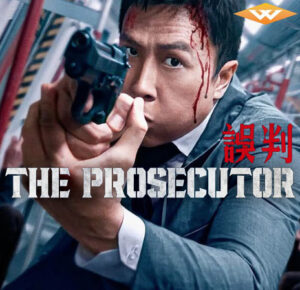
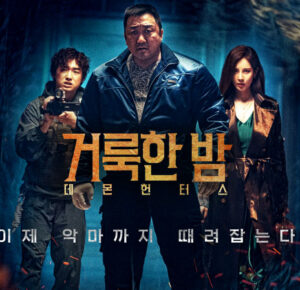
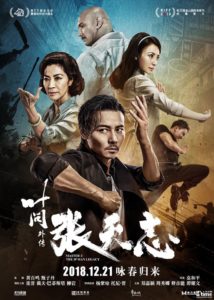
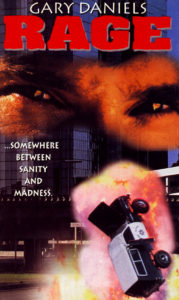
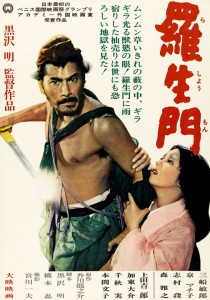
 While I can definitively say that Jackie Chan introduced me to Hong Kong/Chinese cinema and that
While I can definitively say that Jackie Chan introduced me to Hong Kong/Chinese cinema and that 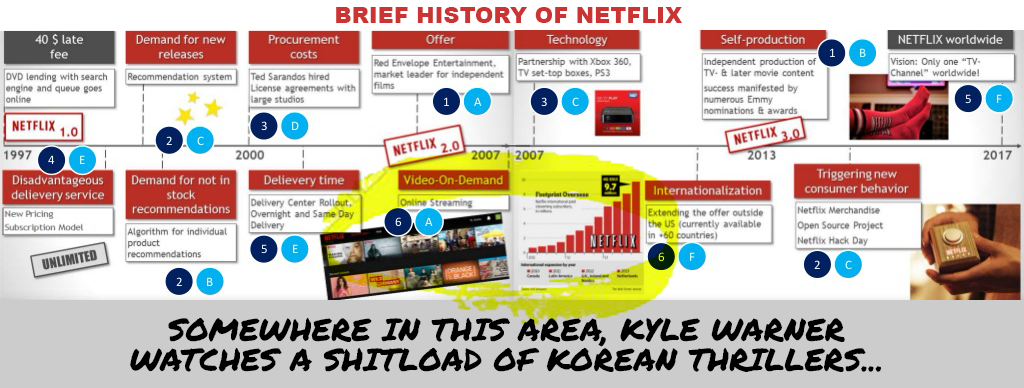
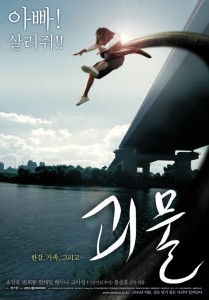
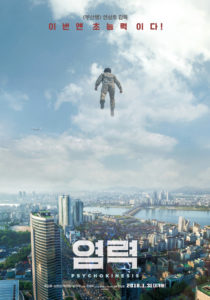
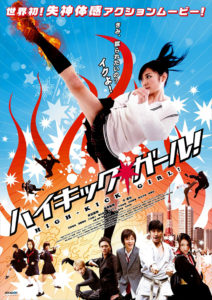

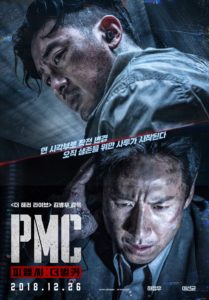
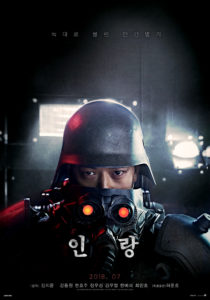


 As a young kid of 18, I used to watch a British Television film review programme, then presented by Johnathan Ross. A major advocate of Eastern cinema, Ross is a larger than life character with an abundance of knowledge of especially Asian action movies. At the end of one programme there was a clip of the South Korean film
As a young kid of 18, I used to watch a British Television film review programme, then presented by Johnathan Ross. A major advocate of Eastern cinema, Ross is a larger than life character with an abundance of knowledge of especially Asian action movies. At the end of one programme there was a clip of the South Korean film 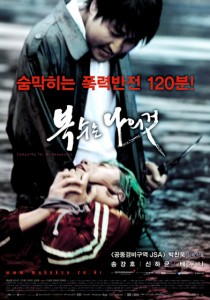
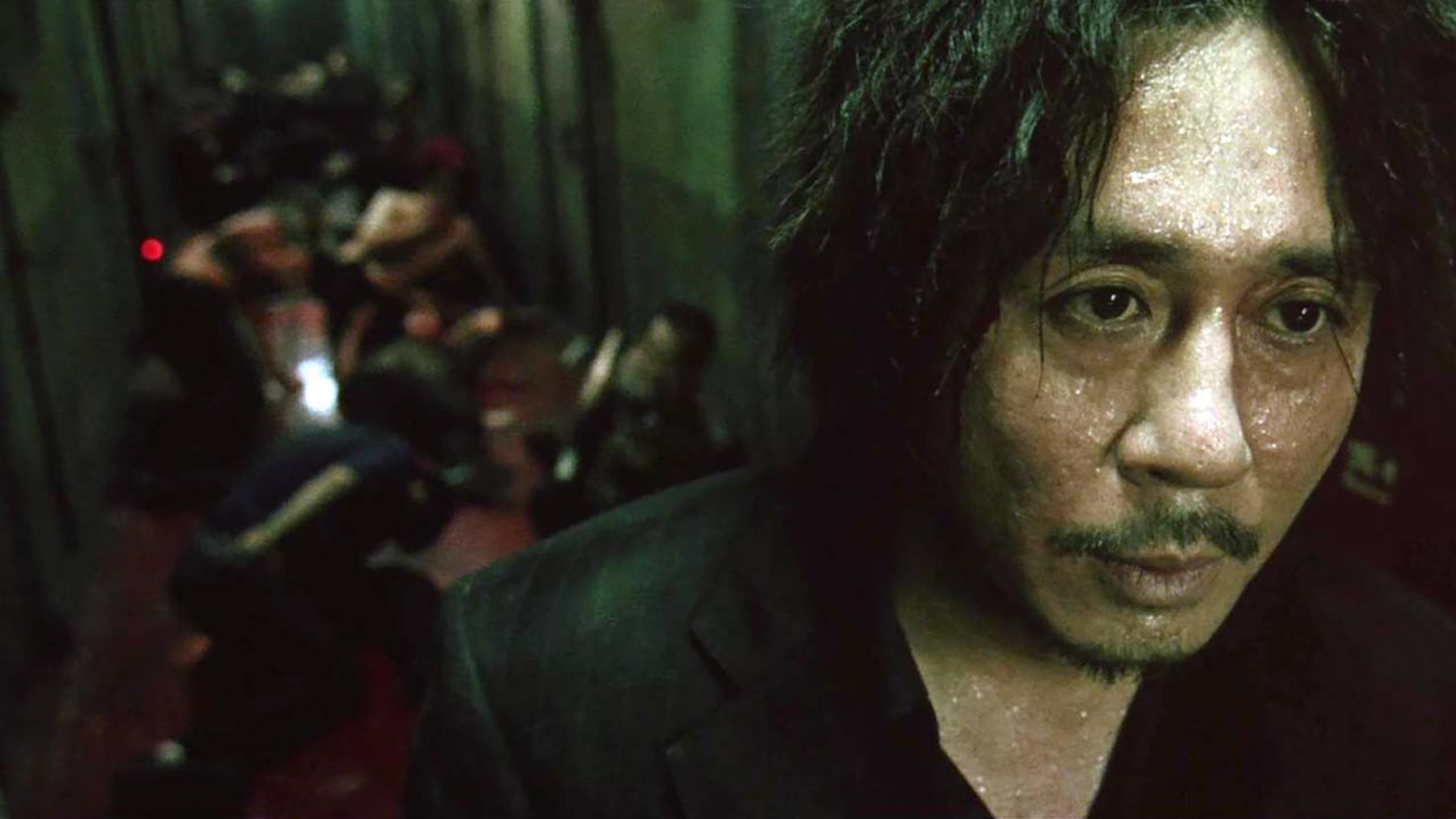
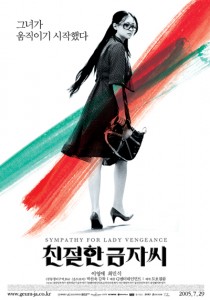
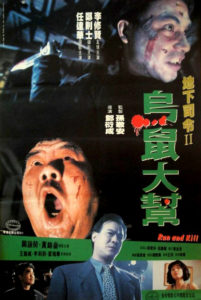
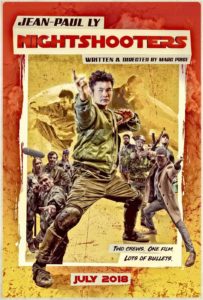

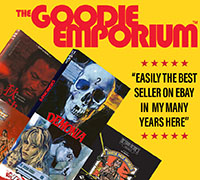
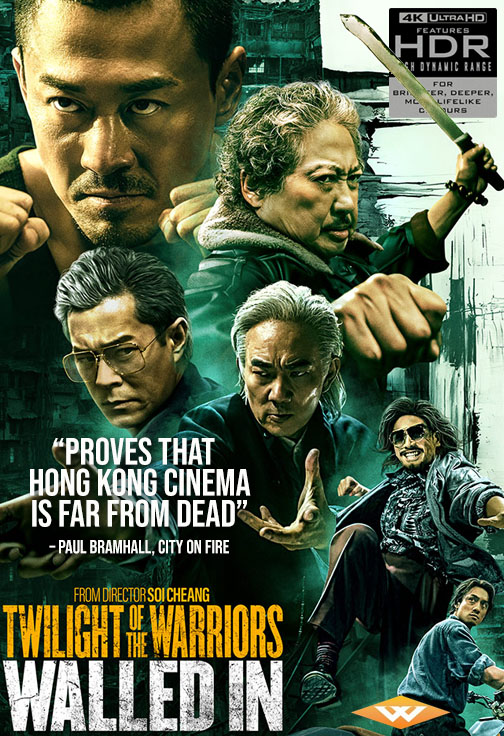

31 Comments